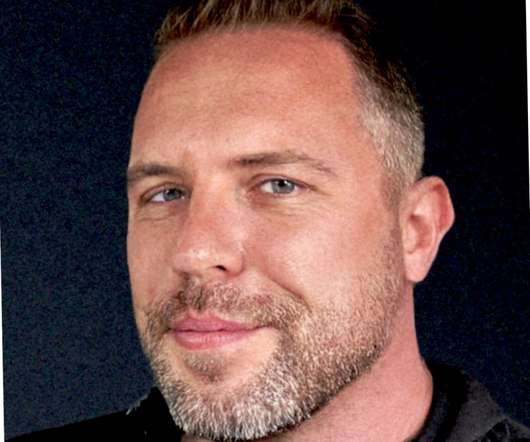An Overview of Healthcare Compliance Laws and Regulations
Compliancy Group
NOVEMBER 1, 2024
Federal healthcare compliance involves following regulations that cover various aspects of healthcare delivery, including treatments, prescribing medications, maintaining electronic medical records (EMRs), and protecting communication technologies from cyber threats and attacks.

















Let's personalize your content